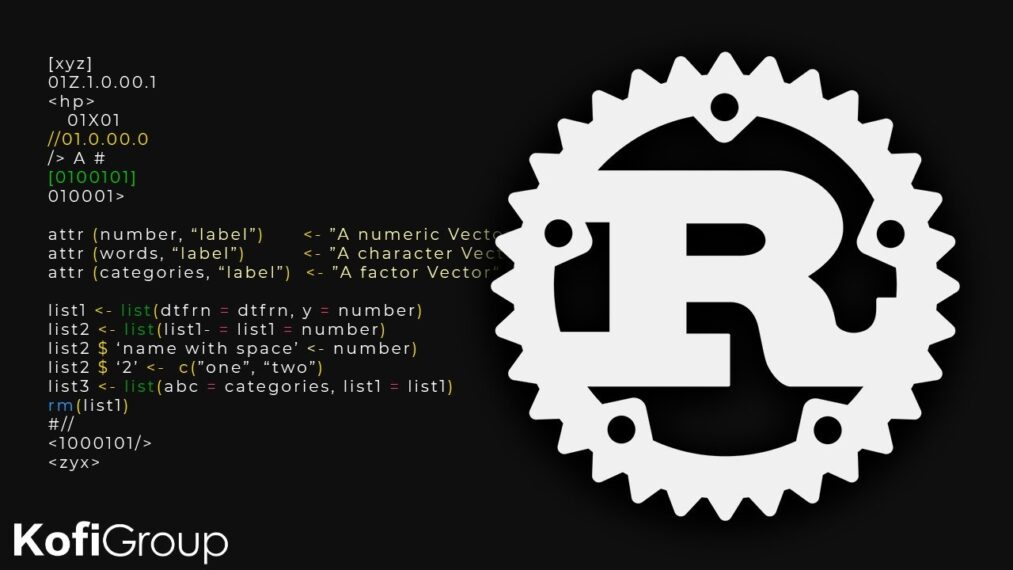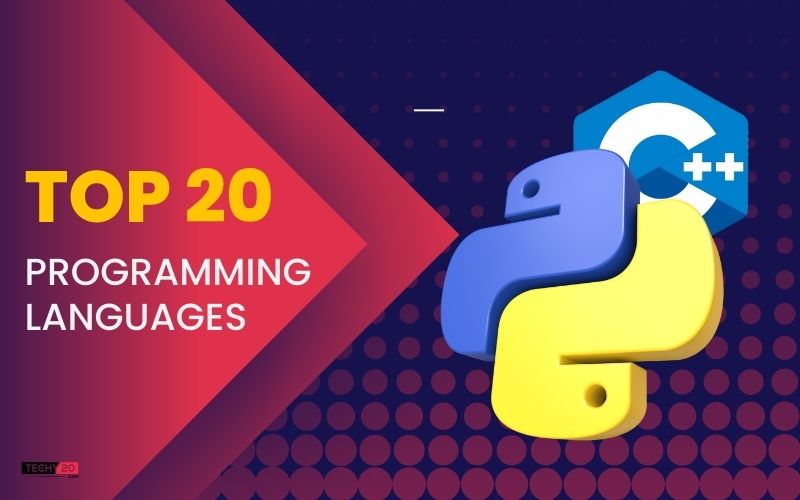The growth of the human race was significantly influenced by the invention of the computer in 1942. A novel binary arithmetic system, regenerative memory, parallel processing, and the division of memory and computing operations were all part of the breakthrough. After many years, computers could support and direct human tasks. Software and apps were created for the same purpose, and new tools and technologies were created to support them. A method of notation for creating computer programmes is known as a programming language. The majority of formal programming languages are text-based, though they can also be graphical. They function as a programming language. We are listing out the top 20 programming languages for 2022.
1. C
A general-purpose computer programming language is called C. Dennis Ritchie invented it in the 1970s, and it is still quite popular and influential. The capabilities of the selected CPUs are reflected in C’s features by design. Low-level access to internal storage is made possible by the procedural and general-purpose nature of the C programming language. To create an executable that a system can run, a C programme needs to be run through a C compiler.

2. C++
Danish software engineer Bjarne Stroustrup developed the high-level various programming language C++ as an expansion of the C programming language. Programming in C++, an object-oriented language, offers applications a distinct structure and encourages code reuse, which reduces development costs. Applications that can be converted to different platforms can be created using C++ because it is portable.
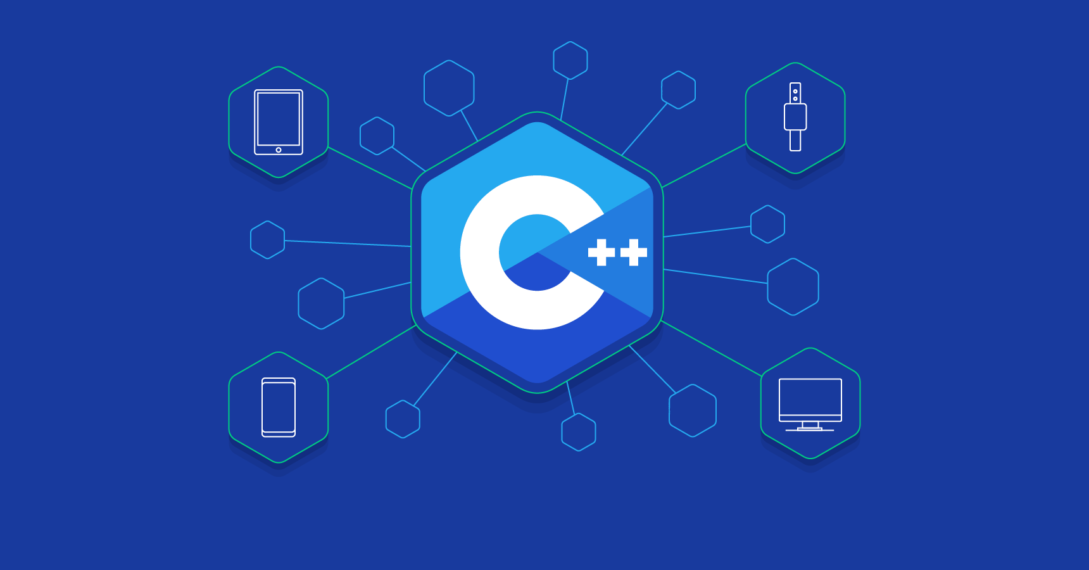
3. C#
Programming in C# is multi-paradigm, high-level, and general-purpose. Programming paradigms, including lexically scoped, imperative, declarative, functional, generic, object-oriented, and component-oriented, are all covered by the C# language. It also supports static typing and strong typing. C# is a general-purpose programming language that can be used to build a various programmes and applications, including games, websites, cloud-based services, mobile apps, desktop apps, and business software. There are numerous games.

4. Python
A high-level, all-purpose programming language is Python. Code readability is prioritized in its design philosophy, which makes heavily uses indentation. Python uses trash collection and has dynamic typing. It supports a variety of paradigms for programming, including functional, object-oriented, and structured programming. Python is frequently considered one of the simplest programming languages for novices. Python is a wonderful place to start if you’re interested in learning a programming language. In addition, it is one of the most popular.

5. Java
To have as few implementation dependencies as feasible, Java is a high-level, class-based, object-oriented programming language. Java is a programming language used by programmers to create programmes for laptops, data centers, game consoles, scientific supercomputers, mobile phones, and other gadgets. According to the Tiobe Index, which ranks the popularity of programming languages, Java is the third most used programming language in the world, after Python and C.

6. JavaScript
Along with HTML and CSS, the computer language known as JavaScript, or JS, is one of the foundational elements of the World Wide Web. By 2022, 98% of websites will use JavaScript on the client side to control webpage functionality, with third-party libraries frequently integrated.
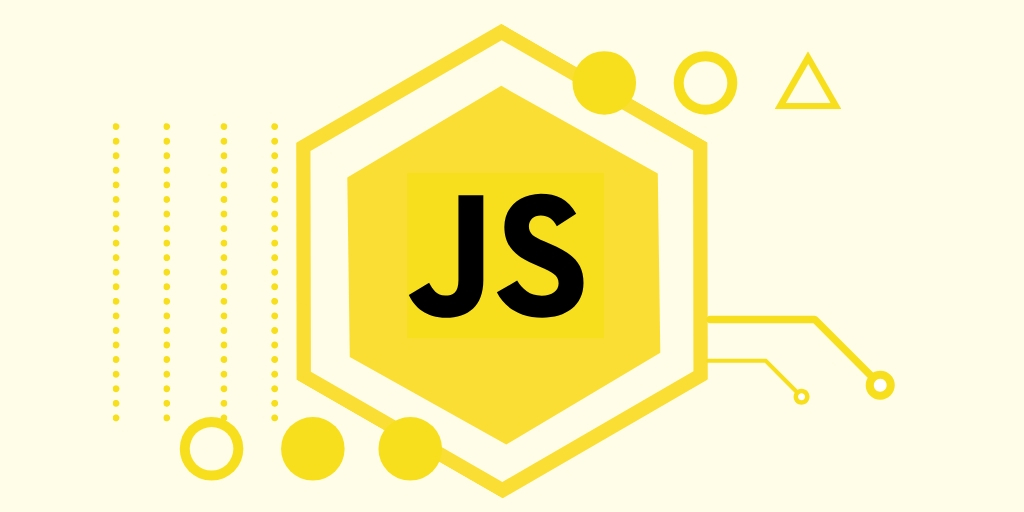
7. Visual Basic
The first version of Visual Basic is a third-generation event-driven programming language created by Microsoft and recognized for its component-based object-style programming model. It was first launched in 1991 and declared a legacy in 2008. Microsoft designed Visual Basic to be fairly simple to use and master. Microsoft created the object-oriented programming language known as Visual Basic. Type-safe code can be quickly and easily created with Visual Basic.
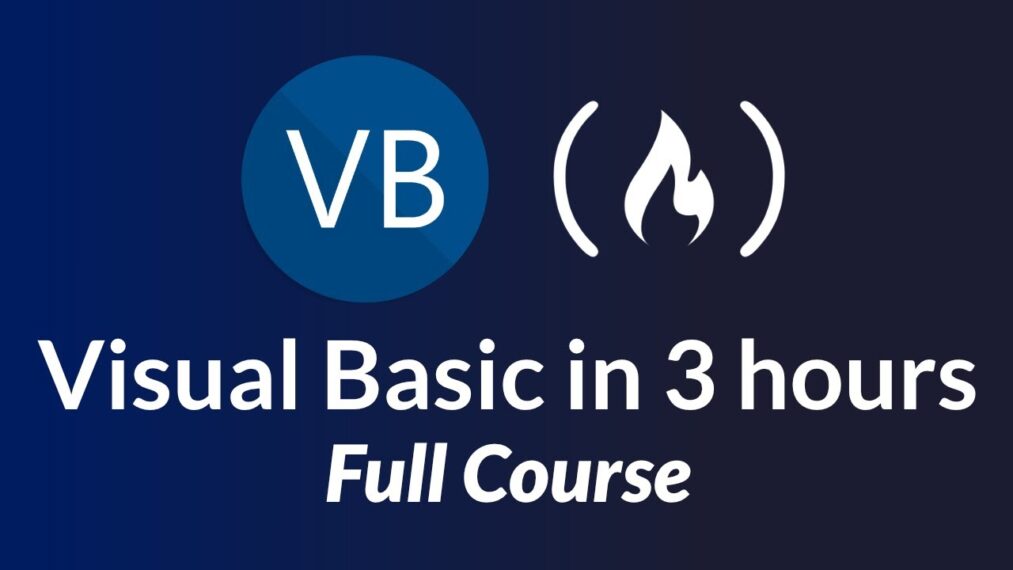
8. PHP
A general-purpose programming language designed specifically for web development in PHP. Rasmus Lerdorf, a Danish-Canadian programmer, first developed it in 1993, and it was made public in 1995. The PHP Group now creates the PHP reference implementation. One of the simpler programming languages to master is PHP. This is due to PHP’s robust ecosystem of resources for new users and its beginner-friendly syntax.

9. Assembly Language
Any low-level programming language having a close resemblance between its instructions and the architecture’s machine code is known as assembly language in computer programming. It is also referred to as “assembly” and is frequently shortened to “ASM” or “asm.” Unsurprisingly, Assembly and Haskell are ranked as the two languages that are hardest for beginners to master.
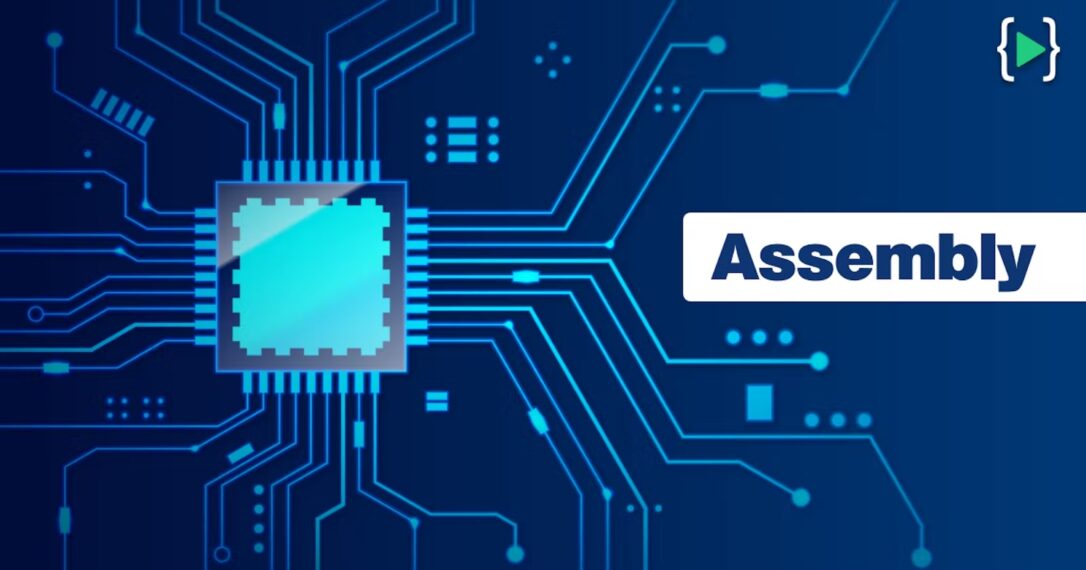
10. SQL
The domain-specific programming language known as SQL is used for managing data stored in relational database management systems or for stream processing in relational continuous data management systems. SQL is undoubtedly a programming language, but it is a domain-specific language rather than a general-purpose language (GPL) (DSL).
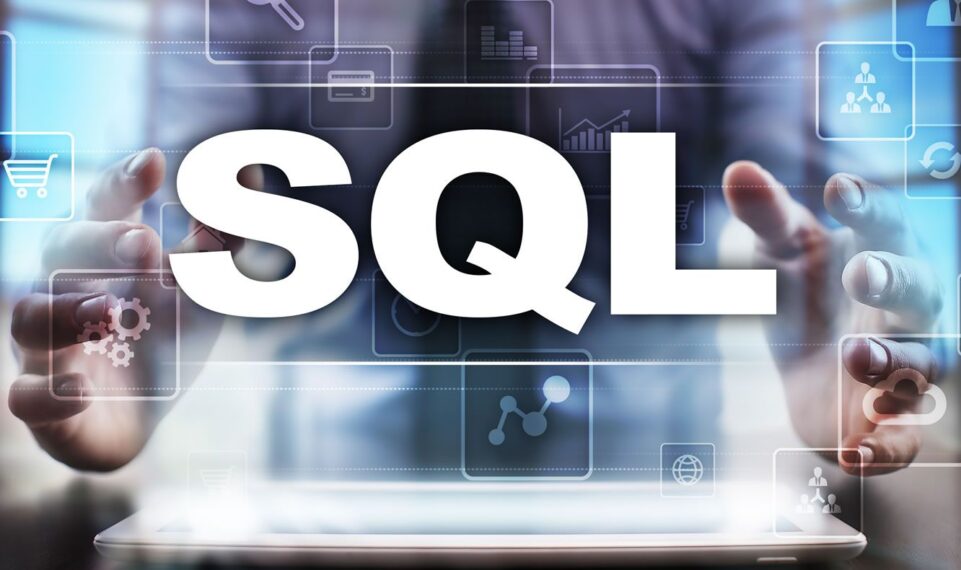
11. Groovy
Apache Groovy is an object-oriented programming language for the Java platform that uses Java syntax. It has features comparable to those of Python, Smalltalk, and Ruby and is both a dynamic and static language. For JVM – the Java Virtual Machine, Groovy is a dynamic object-oriented programming language, which may be used anywhere Java is used. The language create new programmes, extend already-existing Java applications, and integrate Java components.

12. TypeScript
Microsoft created and maintained the open-source and free programming language known as TypeScript. It is a rigorous superset of JavaScript in terms of syntax and gives the language optional static typing. It transpires to JavaScript and is made for the creation of huge apps. Python is not fundamentally asynchronous, in contrast to Typescript.
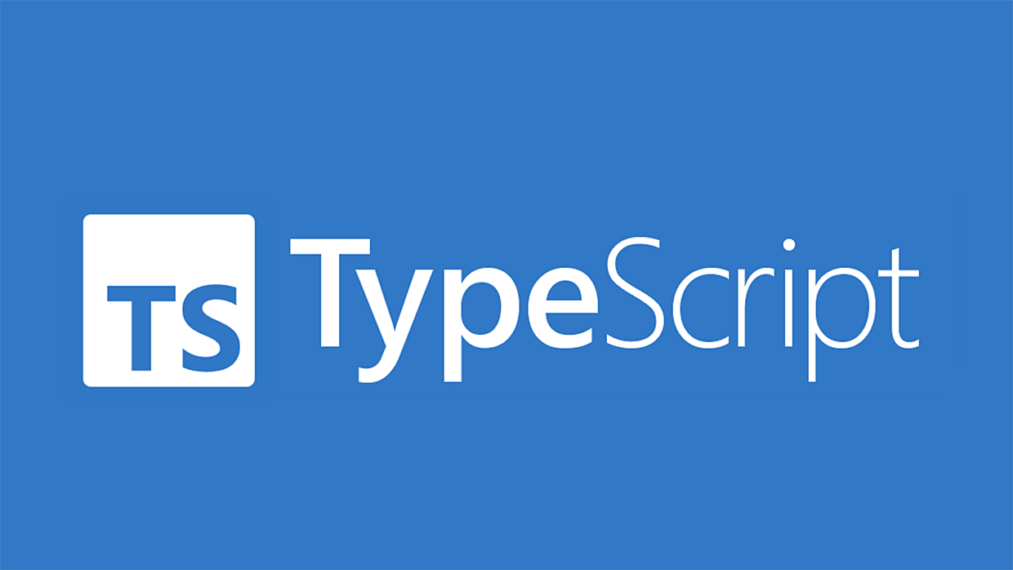
13. Fortran
A general-purpose, compiled linear programming language known as Fortran is best suited for mathematical and scientific computation. IBM initially created Fortran in the 1950s for engineering and scientific purposes, and it later took over scientific computing. Through its TYPE and MODULE syntactic components, Fortran 90 can simulate certain aspects of object-oriented programming, but it lacks ownership and does not support code reuse to the same degree as C++.
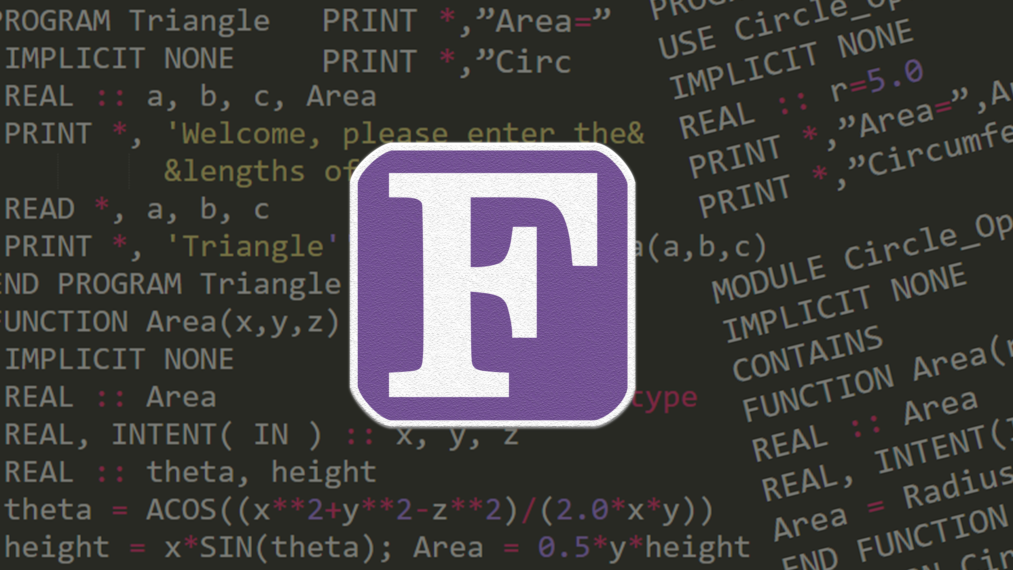
14. R
The R Core Team and the R Foundation for Statistical Computing promote R, a programming language for statistical computing and visualization. Your data can be cleaned, examined, and graphed using it. Researchers from many fields use it frequently to estimate results, explain them, and teach students about statistics and research procedures.

15. Ruby
Ruby is a high-level, general-purpose, interpreted programming language that supports a variety of paradigms. It was created with a focus on simplicity and productivity in programming. Primitive data types are objects in Ruby, just like anything else. For business web apps, Ruby is preferable. There are no explicit links in Ruby because each variable is simply a name for an object that is immediately dereferenced.

16. Swift
Swift is a multi-paradigm, general-purpose programming language created by Apple Inc. Apple developed the open-source programming language Swift to replace all C-based languages, such as Objective-C, C++, and C. The language was developed in 2014 and made available as an open-source initiative on Swift.org in 2015.
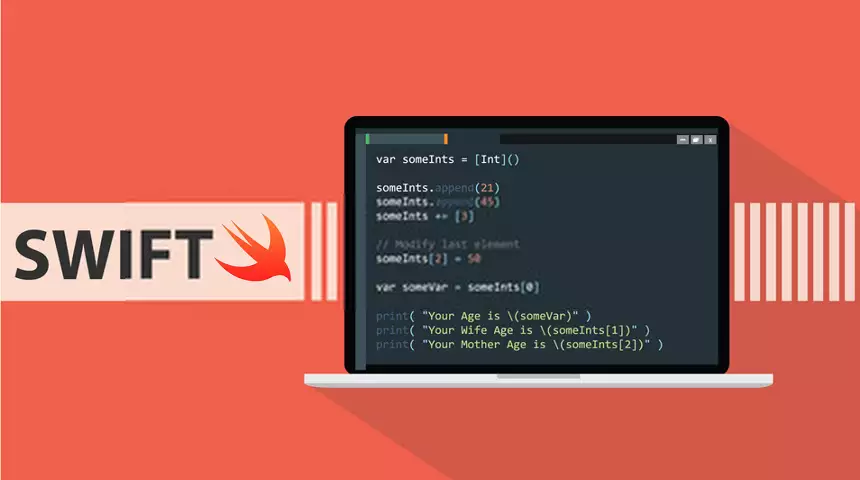
17. Go
The programming language Go was created at Google by Robert Griesemer, Rob Pike, and Ken Thompson. It is statically typed and compiled. Although it has memory safety, trash gathering, structural typing, and parallelism in the CSP manner, it is syntactically identical to C. Many other languages, specifically interactive languages like Python, are significantly slower than Go.
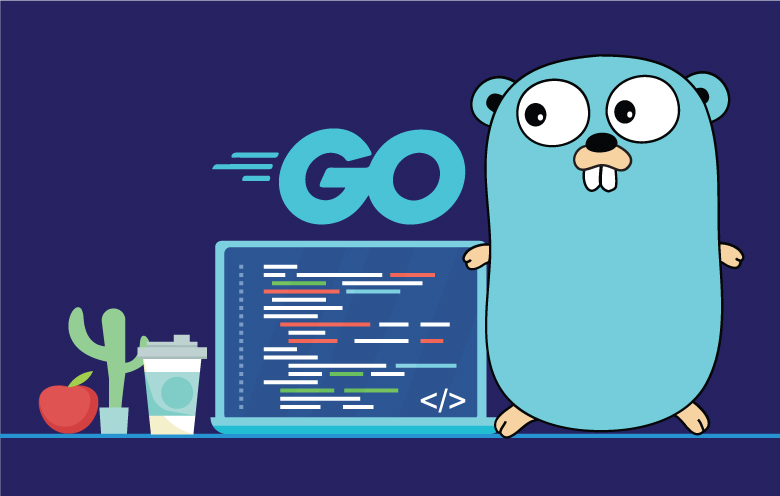
18. Prolog
Prolog is a logic programming language related to computational linguistics and artificial intelligence. Prolog has been extensively used for linear programming, and expert systems like MYCIN and natural language comprehension are just two examples of its applications. Prolog is notable for being a so-called declarative (also known as nonprocedural) language in that the developer specifies the objectives to be met.
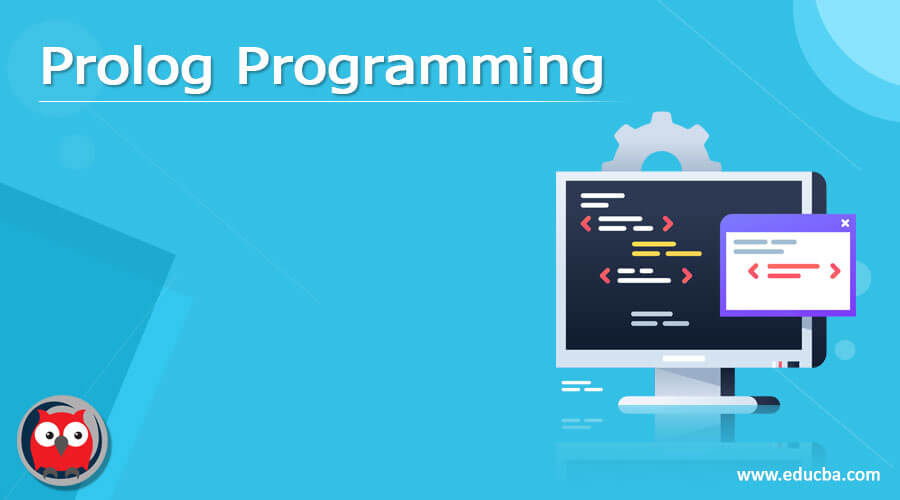
19. SAS
SAS (Statistical Analysis System) is the statistical analysis computer language that is helpful for data mining and associated data processing in many different sectors and industries. Results for multivariate analysis, predictive analytics, and other topics are provided. SAS allows users to accomplish activities, including importing data from many sources, evaluating and reporting, and is mostly used for statistical analysis.
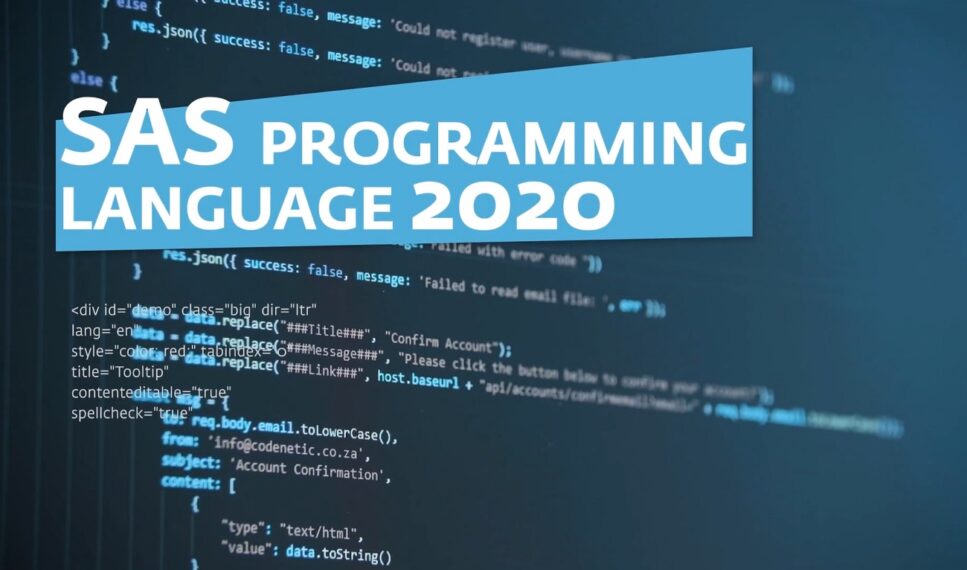
20. Rust
A multi-paradigm, all-purpose programming language is called Rust. Performance, concurrency, and type safety are highlighted in Rust. A statically typed programming language created for speed and security is called Rust. Rust, unlike other memory-safe languages, maintains memory safety, which means that all pointers point to valid memory without the use of a trash collector or reference counting.
